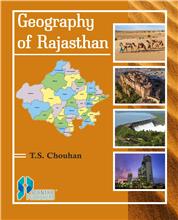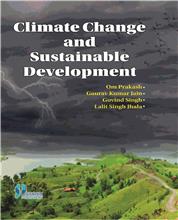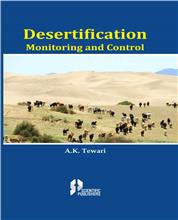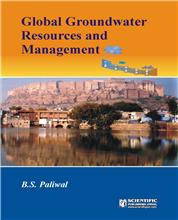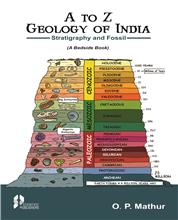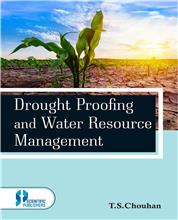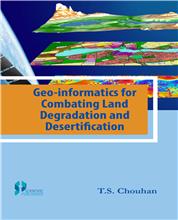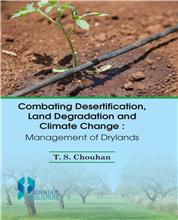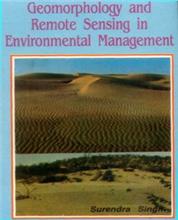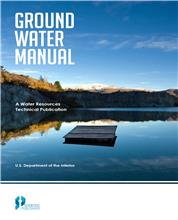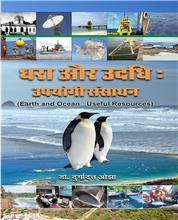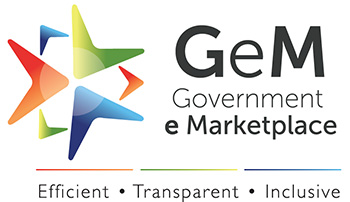Preface
Acknowledgement
1. INTRODUCTION
Definition of
Remote Sensing
Concept of
Remote Sensing
Scope of Remote
Sensing
Stages of
Remote Sensing
Historic
Perspective of Remote Sensing
Indian Remote
Sensing Programme
The Earth
Observation Evolution The Paradigm Shift
Legal and
Ethical Aspects of Remote Sensing
2. EMISSION OF
ELECTROMAGNETIC RADIATION
Polarization
Coherent
Radiation
Source of
Electromagnetic Radiation
Electromagnetic
Radiation and Electromagnetic Spectrum
Electromagnetic
Radiation Quantities
Thermal
Emission of Radiation
Characteristics
of Solar Radiant Energy
Interaction of
EMR with Earth Surface
Reflection
3. PLATFORMS
AND SENSORS
Platforms
Remote Sensing
Sensors
Instantaneous
Field of View (IFOV)
Resolution
Spatial
Resolution
Spectral
Resolution
Radiometric
Resolution
Temporal
Resolution
Across Track
Multispectral Scanning
AlongTrack
Multispectral Scanning
Optical Sensors
Thermal Sensors
Microwave
Sensing Radar
4. FUNDAMENTALS
OF RADIOMETRY
Surface
Characteristics of Radiometric Measurements
Scene
Reflectance Measurement
Radiometric
Correction
From Satellite
to Ground Radiance Atmospheric Corrections
5. IMAGE
ENHANCEMENT AND VISUALIZATION
Perception of
Colour
Tri-stimuli
Model
Colour Spaces
Red, Green and
Blue Space
Intensity Hue
Saturation
Yellow,
Magenta, Cyan
Visualization
of Image Data
Filter
Operations
Colour
Composites
6. PHYSICAL
BASIS OF SIGNATURE
Signature in
the Reflective OIR Region
Soils
Water Bodies/
Oceans
Snow
Thermal
Infrared (TIR)
7. SATELLITE
MISSIONS
LANDSAT Series
of Satellites
MODIS and ASTER
SPOT Series of
Satellites
IRS Satellite
Series
IRSP Oceansat
RESOURCESAT
IRSP or
CARTOSAT
IKONOS
Future Indian
Satellite Missions
CLIMATSAT
/OCEANSAT
8. PHOTOGRAMMETRY
Aerial
Photographs
Geometry of
Vertical Photograph
Principal
Distance
Plumb Points
Tilt
Isocentres
Scale of
Photograph
Image
Displacements
Relief
Displacement
Tilt
Displacement
9. ELEMENTS OF
IMAGE INTERPRETATION
Image
Interpretation
Basic
Principles of Image Interpretation
Factors
Governing the Quality of an Image
Factors
Governing Interpretability
Visibility of
Objects
Inherent
Characteristics of Objects
Quality of
Aerial Photography/ Imagery
Tonal or Colour
Contrast Between an Image and its Background
Image Sharpness
Characteristics
Stereoscopic
Parallax Characteristics
Elements of
Image Interpretation
Techniques of
Image Interpretation
Activities of
Image interpretation
Scope of Image
Interpretation Keys
Manner of
Organization or Presentation of Image Interpretation Keys
Methods of
Search and Sequence of Interpretation
Sequence of
Activities
Convergence of
Evidence
Sensors in
Photographic Image Interpretation
Method of
Analysis and Reference Levels
Use of Multiple
Images in Image Interpretation
10. VISUAL
IMAGE INTERPRETATION
Image
Understanding and Image Interpretation
Application of
Visual Image Interpretation
11. APPLICATIONS
OF REMOTE SENSING IN WEATHER AND CLIMATE
Remote Sensing
of the Earth Weather
Circulation
Patterns
Fronts, Trough
and Ridges
Jet Streams
ExtraTropical
Cyclone Development:
Tropical
Cyclones
Satellite Winds
and Clouds
12. APPLICATION
OF REMOTE SENTING IN MARINE ENVIRONMENT
Sea Surface
Temperature
Marine
Fisheries
Wetland
Management
Ramsar
Convention
Remote Sensing
for Wetlands Ecosystems
Wetland
Inventory of India
13. APPLICATION
OF REMOTE SENTING IN WATER RESOURCES ASSESSMENT
Remote Sensing
for Water Resource Assessment
Snow Studies
Glacial
Investigations
Glacier
Boundary
Accumulation
Area
Ablation Area
Transient Snow
Line/ Equilibrium Line
Moraine Dammed
Glacier Lake
Permanent
Snowfields
Glacial Mass
Balance
Glacial Retreat
Assessment of
Water Resources
Subsurface
Water
Shallow Land
and Gravel Aquifers
14. APPLICATION
OF REMOTE SENSING IN AGRICULTURE
Prediction of
Area Under Cultivation
Yield
Forecasting
Empirical
Regression Model
Remote Sensing
with Other Parameters
Multiple Insession
Crop Production Forecast
Precision
Farming
Land Related
Issues
Agriculture
Resource Surveys: Soils Identification
Factors
Influencing Interpretation of Soils
Soil Colour
Mineral Content
Organic Matter
Particle Size
Soil Texture
Structure and
Surface Roughness
Soil Emissivity
Identification
of Soils
Detailed and
Semi Detailed Surveys
Reconnaissance
Resource Surveys
Soil Moisture
Salinity
Insect and
Diseases
Monitoring of
Arid and Semi Arid Lands
15. APPLICATION
OF REMOTE SENTING IN FOREST RESOURCE ASSESSMENT
Forest
Classification in India
Type and
Density Mapping
Forest Cover
Change
Forest Status
in India
Land Cover and
Land Use Mapping
Wastelands
Urban Sprawl
Mapping of
Forestry Areas
Types of
Imagery
16. APPLICATION
OF REMOTE SENTING IN DESERTIFICATION AND ITS CONTROL
Desertification
Problems
Defining
Desertification
Desertification
Assessment and Mapping
Desertification
Status in Arid Rajasthan and Gujarat
National
Programme for Combating Desertification
Sand Dune
Stabilization Programme
Shelterbelt
Plantation
Soil and Water
Conservation
Treatment of
Water Logging, Salinity and Alkalinity Problems
Management of
Permanent Pastures and Rangelands
Management of
Arable Land
Agroforestry
17. GEOGRAPHICAL
INFORMATION SYSTEMS
Understanding
Geographical Information System
Defining
Geographical Information System
Factors Aiding
the Rise of GIS
Components of
GIS
GIS
Applications
18. FUNDAMENTALS
OF MAPPING AND DIGITAL CARTOGRAPHY, DIGITIZATION AND MAP COMPILATION
Maps
Scale of Map
Coordinate
Systems
Map Projections
Classification
of Map Projection
Kind of
Projections
Relevance to
GIS
Representation
of Geographical Data
Elements of Map
Classification
of Maps
Digital Data
Model
The Raster Data
Model: Feature Presentation
Runlength
Encoding in Raster Data Model
Vector Data
Model
Vector
Representation of Data
Attribute Data
Management
Relational
Database Concepts and Model
19. DATA
SOURCES FOR GEOGRAPHICAL INFORMATION SYSTEM
Conventional
Data Sources
Aerial Remote
Sensing
Satellite
Images
Field Data
Sources: Surveying and Global Positioning System
Transfer of
Data from Existing Digital Sources
20. DATA
CAPTURE IN GEOGRAPHICAL INFORMATION SYSTEM
Methods of Data
Capture
Physical Extent
Resolution
Themes
Digitizing
Map
Registration or Georeferencing
Root Mean
Square Error
Scanning
21. GLOBAL
POSITIONING SYSTEM
Various
Segments of GPS
Space Segment
Observation
Principle of Signal Structure
Structure of
GPS Navigation Data
International
Limitations of the System Accuracy
Control Segment
User Segment
Navigation
Receivers
Applications of
Geoinformatics
Exercises on
Cartography, Remote Sensing, GIS and GPS
Glossary of
Geo-informatics
Bibliography



